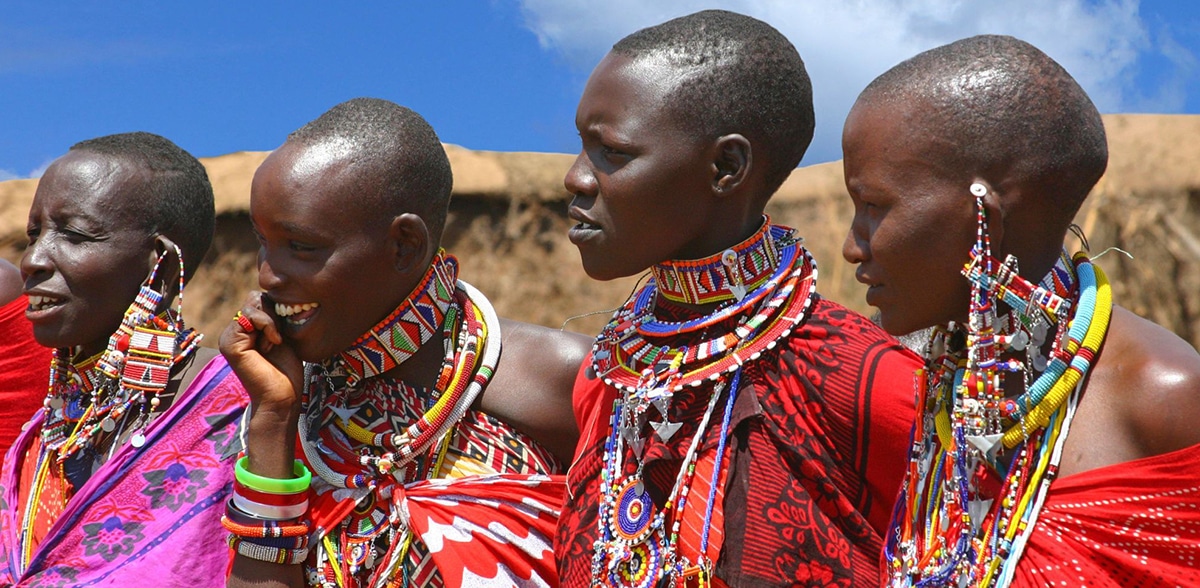
One of the best known African peoples is the Maasai or Masai people, which today is distributed among Kenya and Tanzania. You've probably seen documentaries on specialized channels or heard about them on the news and in movies.
The Masai people came to the lands they currently inhabit from northern Kenya and began migrating in the XNUMXth century, occupying land. It is a town that, if you go on a trip to Africa and you like wildlife, you will surely end up knowing why live very close to some of the best and most popular national parks. Let's learn today from their culture and traditions.
The Maasai
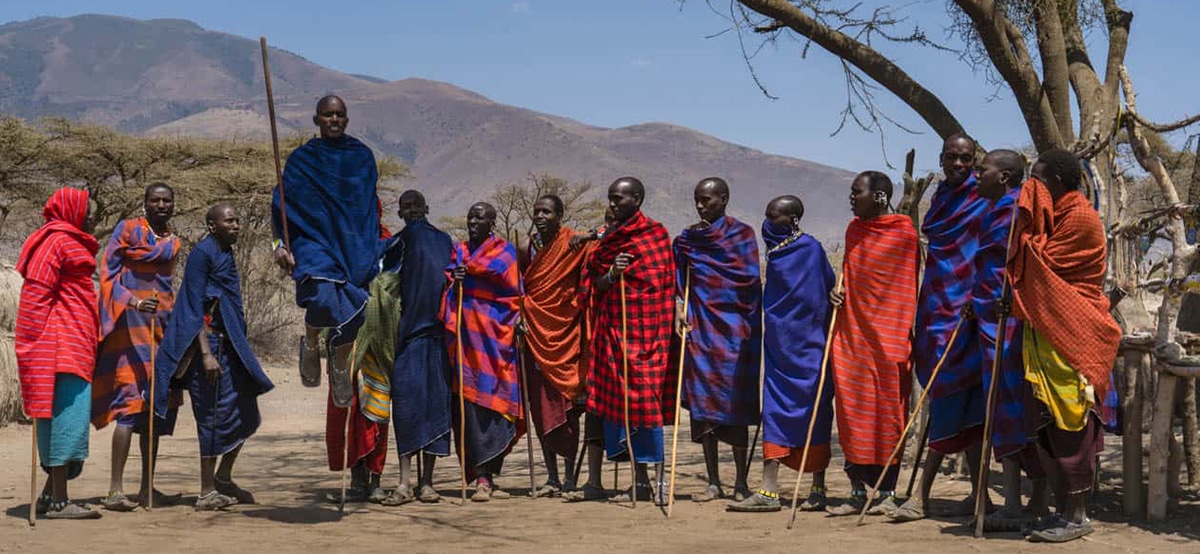
The oral history of this town says just that, that has its origins in the lower Nile Valley, northwest of Kenya, and that began to migrate in the XNUMXth century until occupying the current territory, a situation that reached as early as the XNUMXth century.
The Maasai have not been left out of the colonial conflicts on the continent. The settlement policies, for example, of the British Empire, took away lands, in addition to European diseases that also affected their population. It is also true that throughout the twentieth century also were displaced when national parks and wildlife reserves were created, both in Kenya and Tanzania.
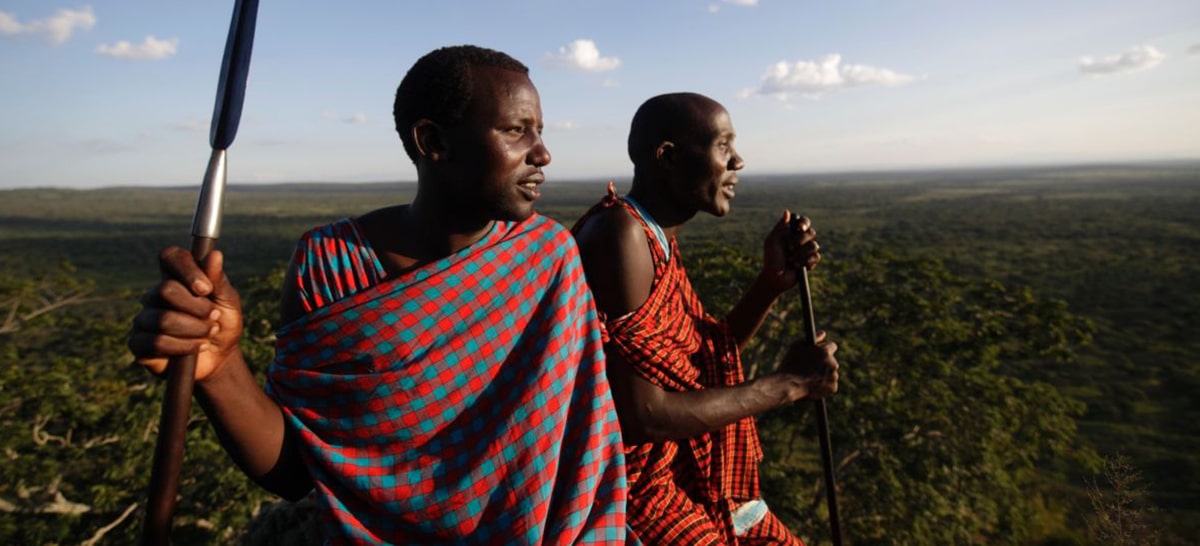
The Masai are cattle breeders, pastoralists, and the importance of the Maasai man is measured by the number of livestock he has and the number of children. If he has little of both, then he is considered poor. They have always resisted attempts by the governments of both countries to adopt a more sedentary life. And before that, in colonial times, they have always resisted slavery.
Finally, the Masai people have subgroups and each one has its customs, its dialects, its style of dress, and so on. Within the town these subgroups are called "nations" and there are about 22.
The culture of the Masai
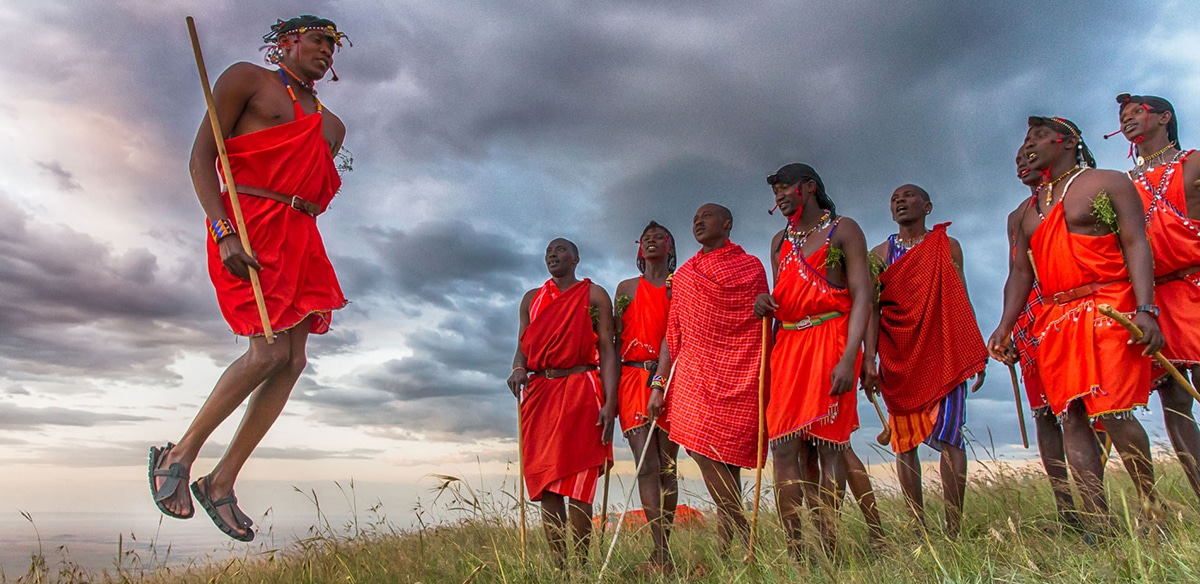
Maasai society is patriarchal and decisions are made by men, sometimes with the support or advice of older men. The customs of the people are passed from generation to generation orally and social offenses accept physical punishment or payment in spices, that is, with cattle, if the request for apologies or to make peace does not come to fruition.
Regarding the religion professed by the Maasai they are monotheistic, that is, they believe in a single god they call Enkai or Engai. It is a being of dual nature so just as there is an Engai Na-nyokie, a vengeful Red God, there is an Engai Narok, a Black God, who is the good guy in the story. There's also totem: Oodo Mongi or Red Cow, and Orok Kiteng, or Black Cow; and also an animal totem that is the lion.
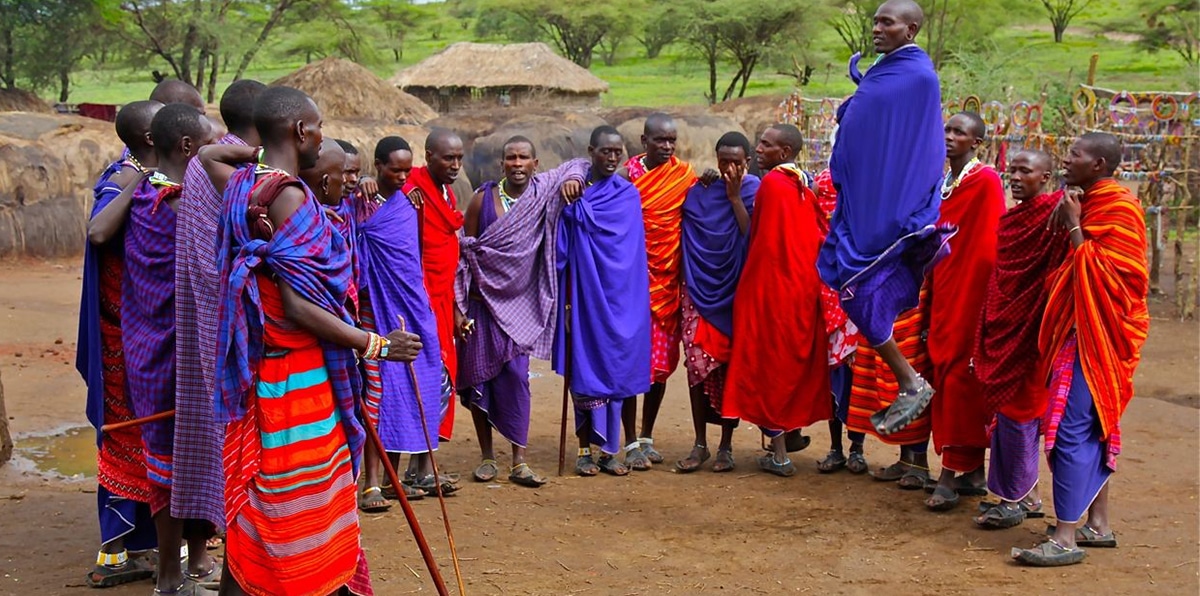
Perhaps you think that being an important totem the lion cannot be killed, in the style of the sacred cows in India, but it is not so. The Masai do kill lions, although they do it in a special way because more than a trophy it is an initiation ceremony.
On the other hand, do the Masai have any shaman, some intermediary between the divine world and the human world? Yes, it is known as laibon and he just makes prophecies, heals and practices divination, generally in matters related to the weather or the confrontations between tribes. This role is historical, but as times have changed today the laibon also fulfills a political role.

Modern times have brought Western medicine closer to the Maasai people, helping to improve the historically low birth and survival rate of children. In a world without antibiotics or knowledge of hygiene, the Maasai they only recognize the child as a member of the tribe at three months of age. And what about death? Do you have any tradition or folklore about death or life after it?
Well no, there is no special ceremony or beliefs that explore life after death. In a more pragmatic view of life when one dies, it dies and the body is left to scavengers, although perhaps a great boss is buried. If for some reason the animals do not eat it, it is believed that something bad must have been done and can bring family misfortune, so to make sure that the scavengers leave the bones they sometimes cover the body with food.
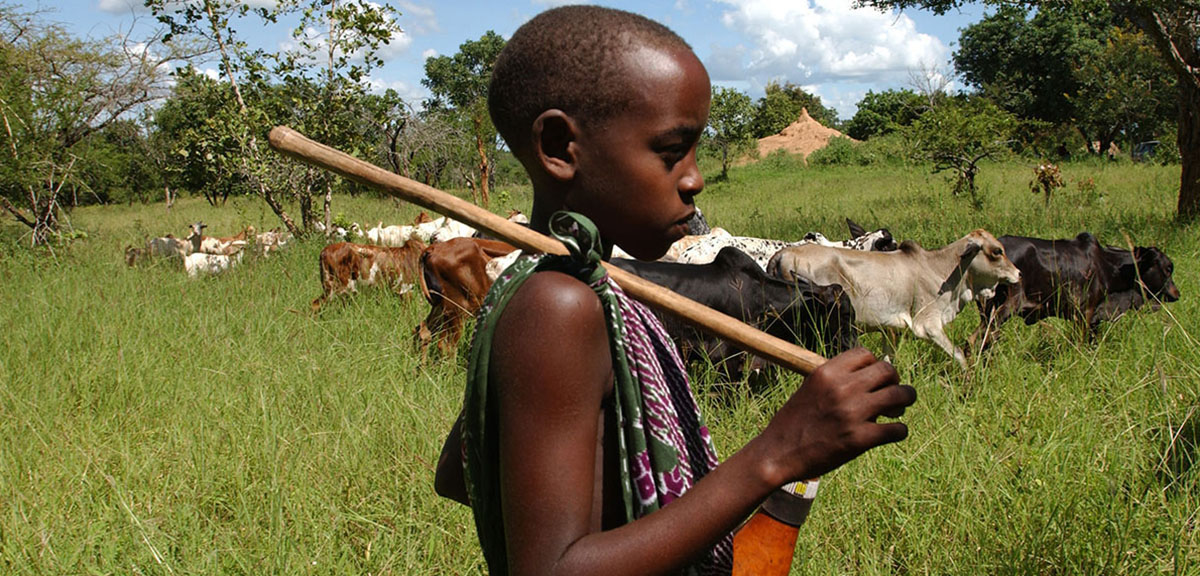
Speaking of food, livestock is their basic inputThey extract meat, milk and even blood from cattle, which they sometimes drink. Although historically this has been the case, to the extent that the number of livestock has decreased today they also depend on the rice, potatoes, cabbage and sorghum. Today, being exclusively a pastor is complicated and the entire town is torn between tradition and the preparation of their children for the modern world.
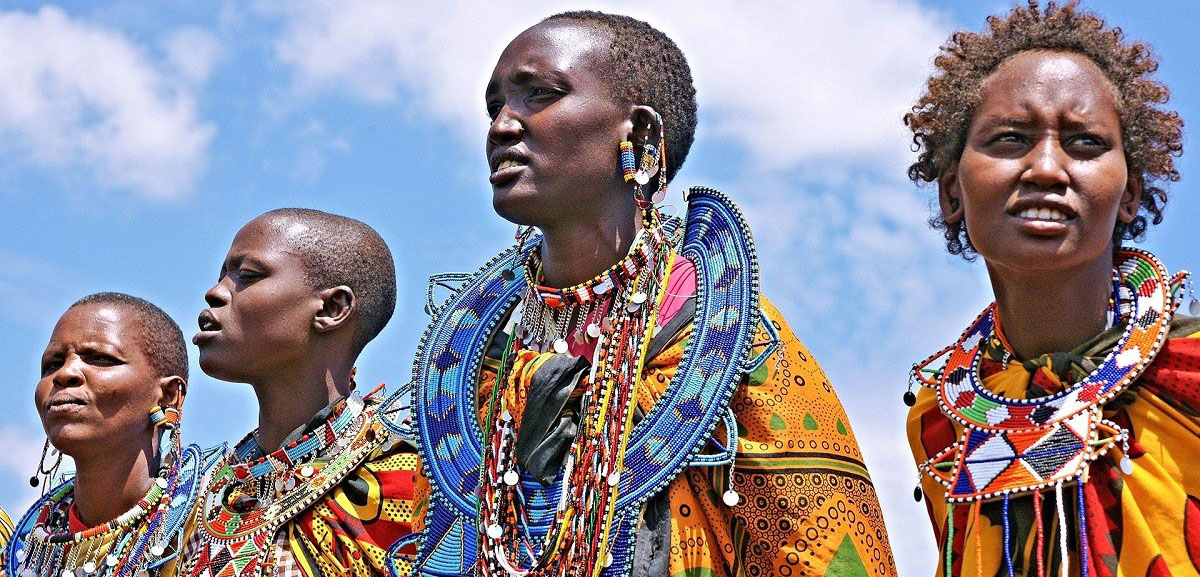
Maasai society progresses from birth to old age by skipping different stages and initiation rites that occur when bodies change. Thus, the childhood of children is very playful until at 12 they start as warriors, while the girls can barely take care of housework.
Children, to be warriors, are circumcised without anesthesia. Growing up hurts and that's the idea. Does it impress you? Yes, imagine that the penis heals after three or four months and during that time urinating is a condition.

The children, years later, go through another rite that makes them achieve, let's say, the status of senior warriors. Thus, their predecessors go on to make political decisions occupying the place previously held by the oldest, until they themselves were that age. Junior warriors have long hair, seniors have short hair. And what about the girls? Well, here is the custom of circumcising girls as a step prior to her condition of being a marriageable woman.
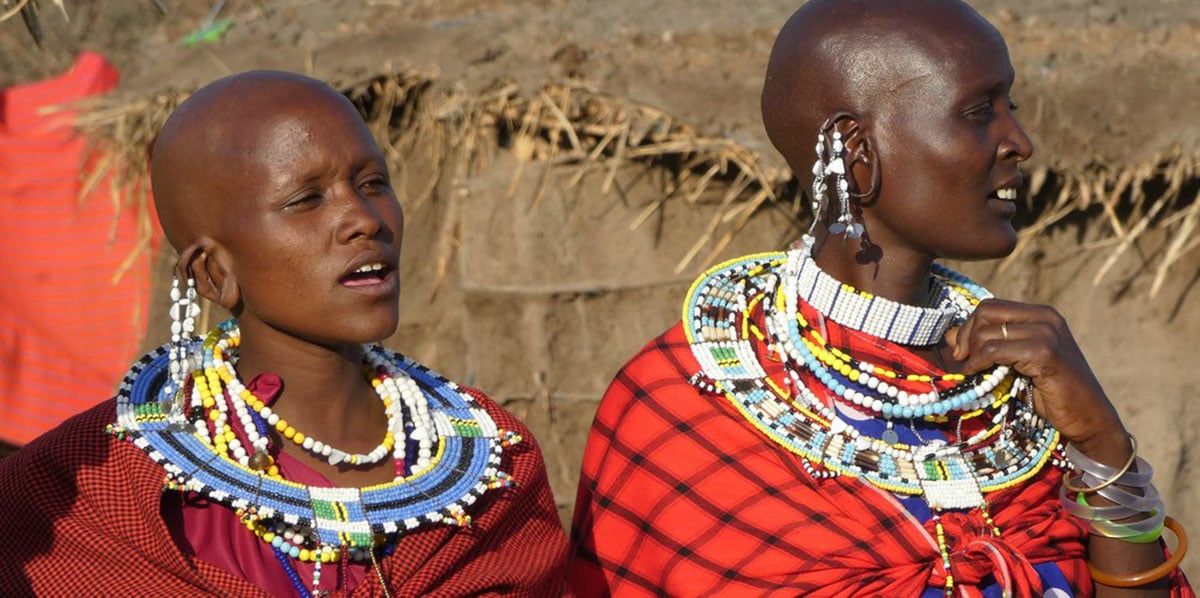
The Maasai consider female circumcision to be necessary and the Maasai man does not marry women who have not undergone this rite called emuratare And if they accept, the bride price is much cheaper. An uncircumcised woman is considered immature. You must not have a clitoris to marry and become pregnant, and once pregnant you cannot have sex.
Obviously, this custom nowadays it is highly criticized and there is a strong activism against it to the point that it has been achieved that, sometimes, but not so many, more is not done and the rite of the court is rather symbolic. It must be said that today in Kenya and Tanzania female mutilation is prohibited.
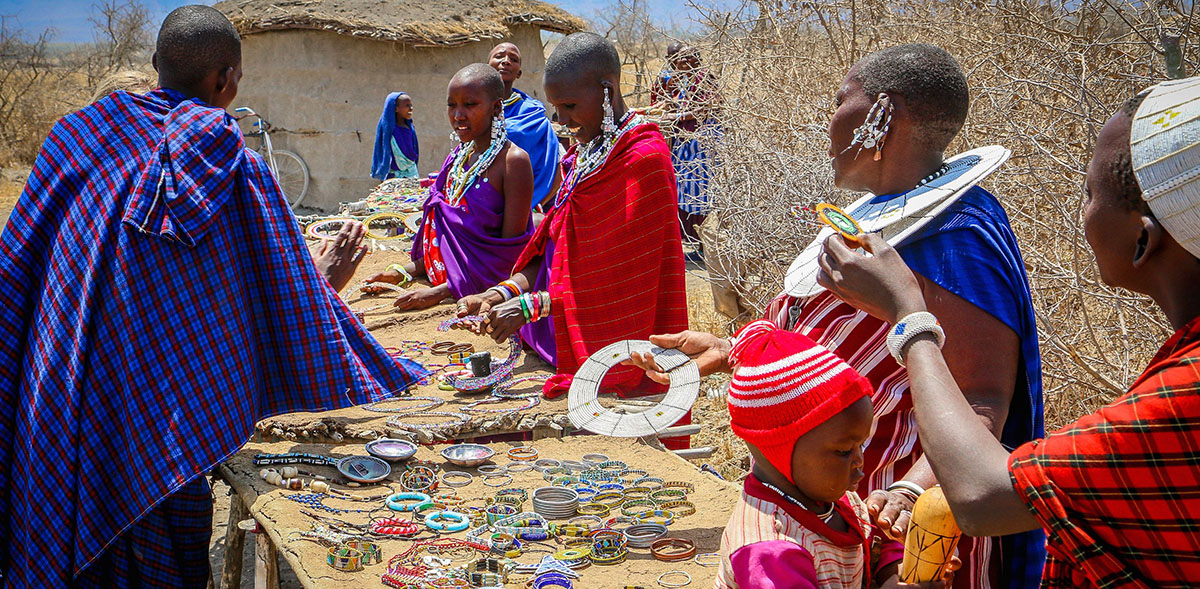
This with respect to Maasai society and its characteristics, something that should be read before traveling to Africa to get to know them better. Afterwards, what you will see has more to do with its music and its dance and its crafts. There are many dances, songs and a true cult of the body modification through earrings in the ears, of all types and sizes, and the extraction of canines in childhood (because they think that diarrhea, fever or vomiting are caused by bleeding from these teeth). .
They also wear necklaces, bracelets, and colorful clothing that are sold as souvenirs to tourists. Finally, some facts: today its population is estimated at 900.000 people what are they talking about Country, but also They speak English and Swahili.